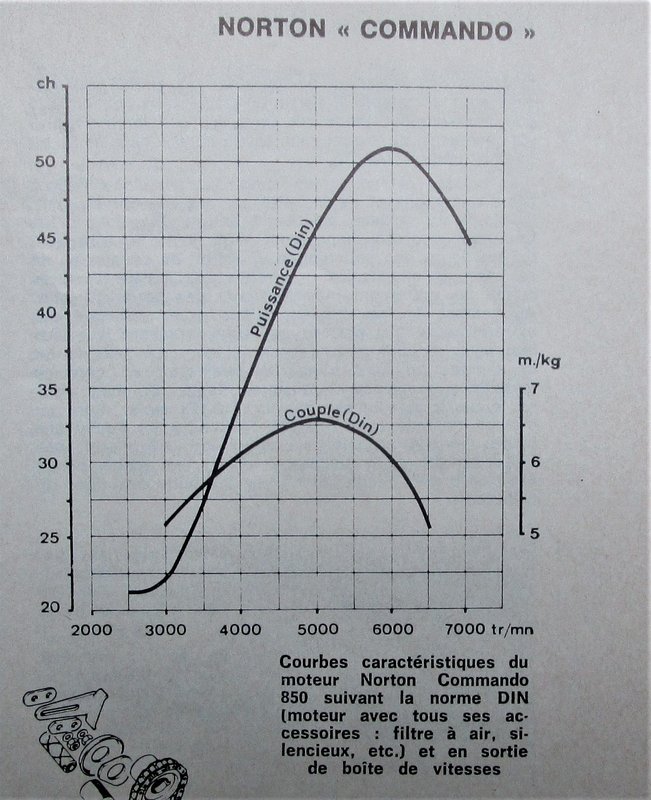Only thing is that 750 has high lift cam, raised compression and head work done, so maybe not near identical internals. For mods it is closer to your 850 than my 850, which just has the silencers changed. Not really the best comparable for the MK3, but the owner is game. I think he knows how to crank it on too.
Next time he'll get the camera
Ok, but in that case, I don’t quite know what you were trying to prove in that ’test’ ?!
Obviously his bike should produce more power. That is surely indisputable. Basic physics comes into play here. Perhaps it wouldn’t be as good two up, canyon carving fully loaded up long inclines, etc. But outright power? The cam and the CR and the head work (assuming that was done right) MUST achieve that.
I guess what it has shown is either that the guys riding technique wasn’t as good as yours, or his engine building technique was off ?
As far as standard 750 vs 850 goes, here’s my 2 cents:
The engines are virtually identical in terms of cams, carbs, stroke, overall head design, etc, etc. I’m not sure about CR though, my own 850 was under 8:1 as measured.
The 850 has an extra 70cc which should make itself felt in terms of extra grunt. But in terms of extra power, unless the 850 engine has been tuned to maintain (at least) the same MBEP as the 750, then it is unlikely to produce any more actual peak power.
The valves will hold the 850 back, as we know, they’re more or less ‘right sized’ for a stock 750, but slightly under sized for an 850. This will prevent the 850 matching the 750s MBEP.
IF the 750 does have a higher CR, then this would give it a small additional edge in terms of MBEP.
Then it probably comes down to head type, although the same overall design, Norton used various heads giving different port sizes and CR. So in stock form, without any porting work, this could make quite a large impact IMO.
Then there’s the riding style, the 850 will almost certainly accelerate faster by using rpm which accesses the torque, especially in the lower gears. The 750 will accelerate faster if it’s kept in the rpm for max peak power, and it’d need this right from the off. The 750 will never win a roll on in the same gear as the 850.
My understanding was that Norton‘s intent with the 850 was to achieve similar performance as the 750, but at lower stress ie rpm. And I think the above points back that up. Like Japanese bikes of the time however, bikes with a noticeable ‘power band’ do deceive the arse dyno into thinking its going faster. Maybe there’s some of that going on in the general ‘750s after faster’ discussions ?



